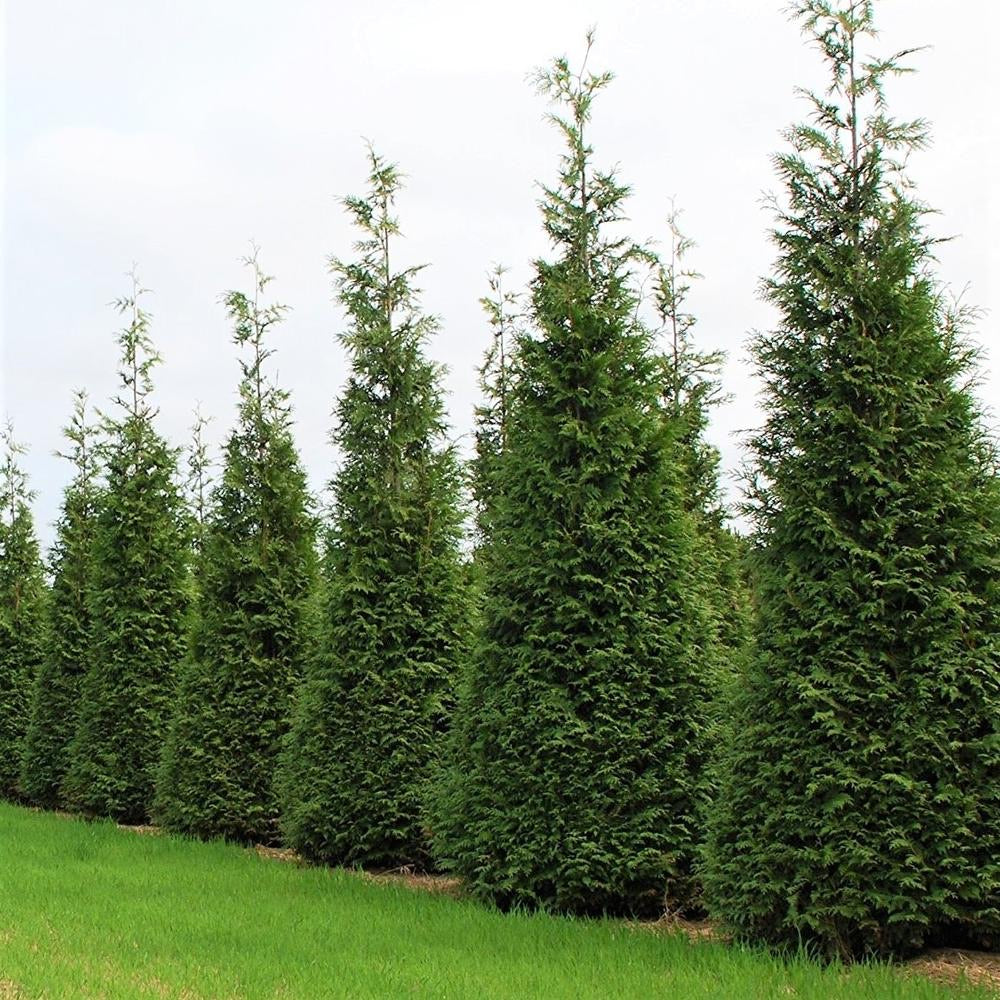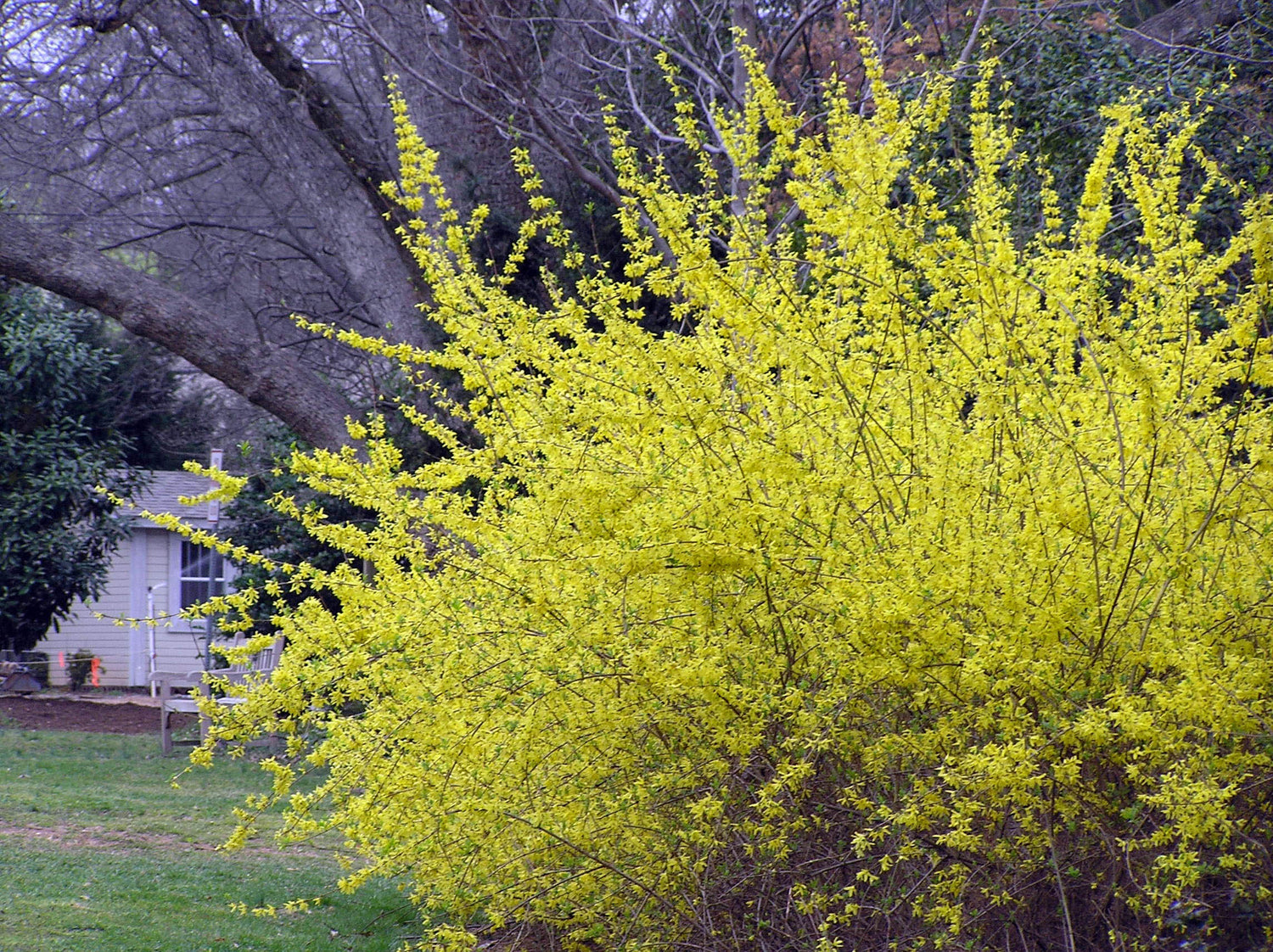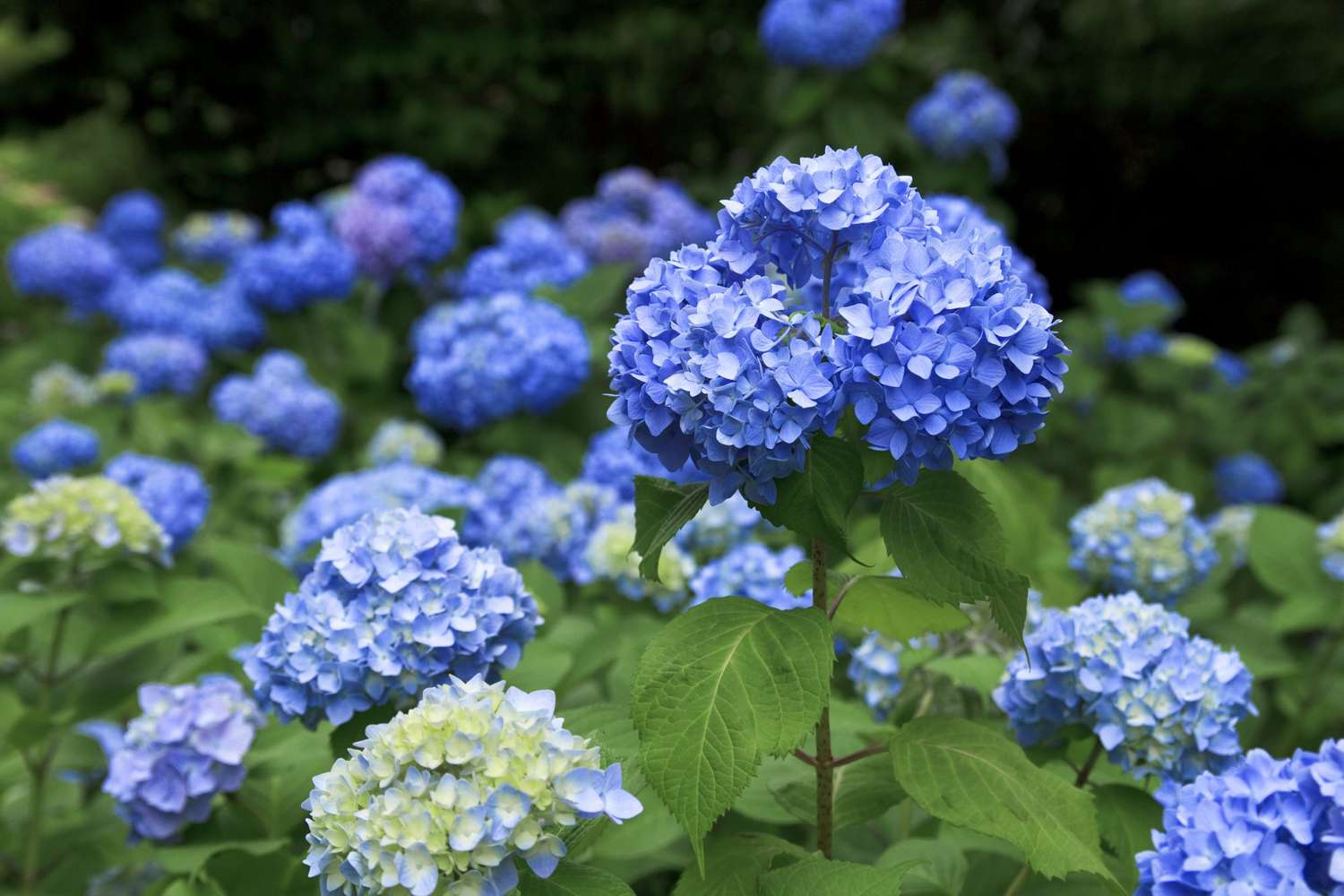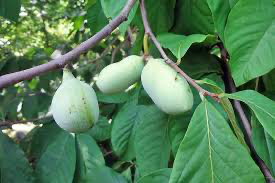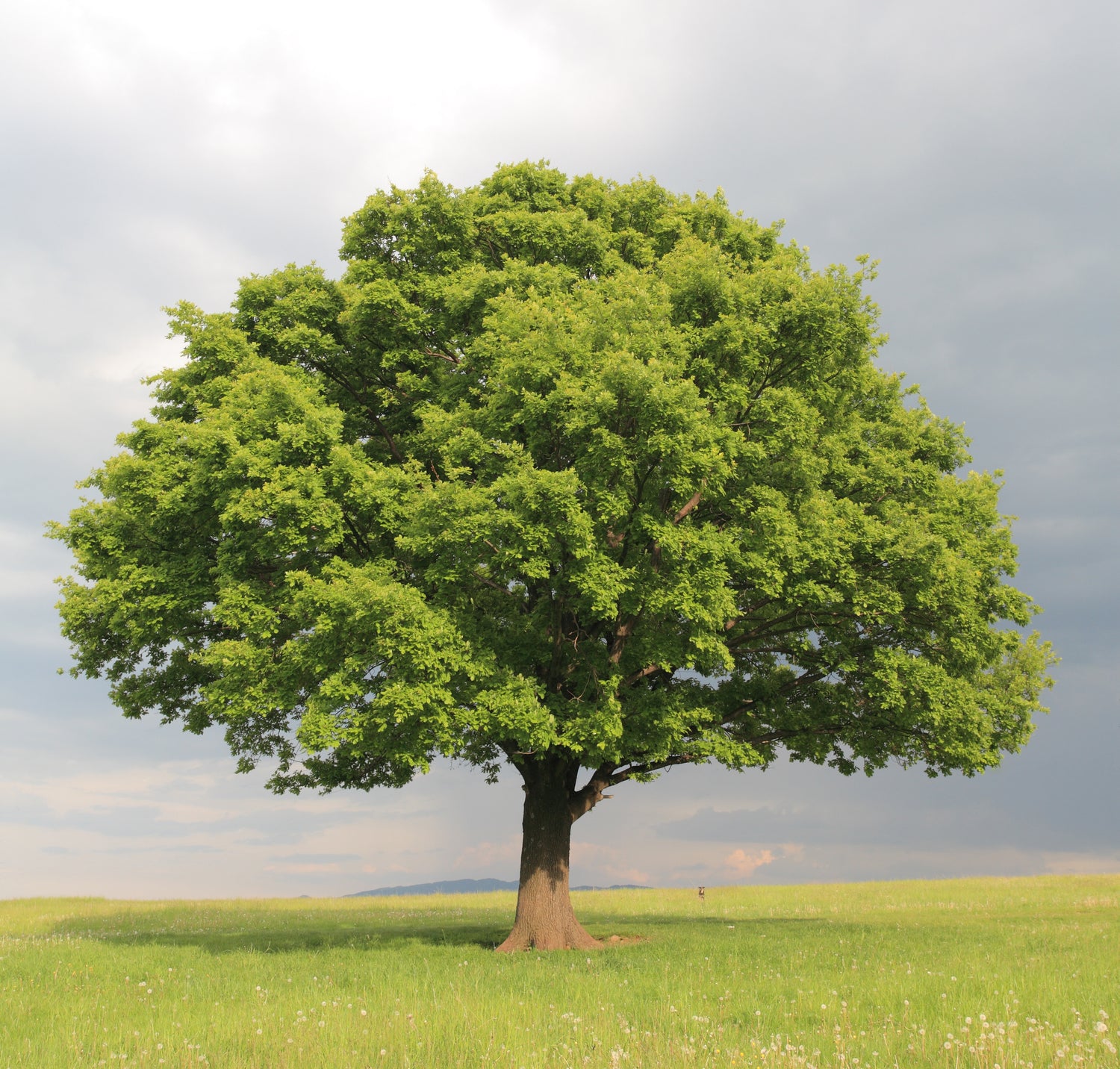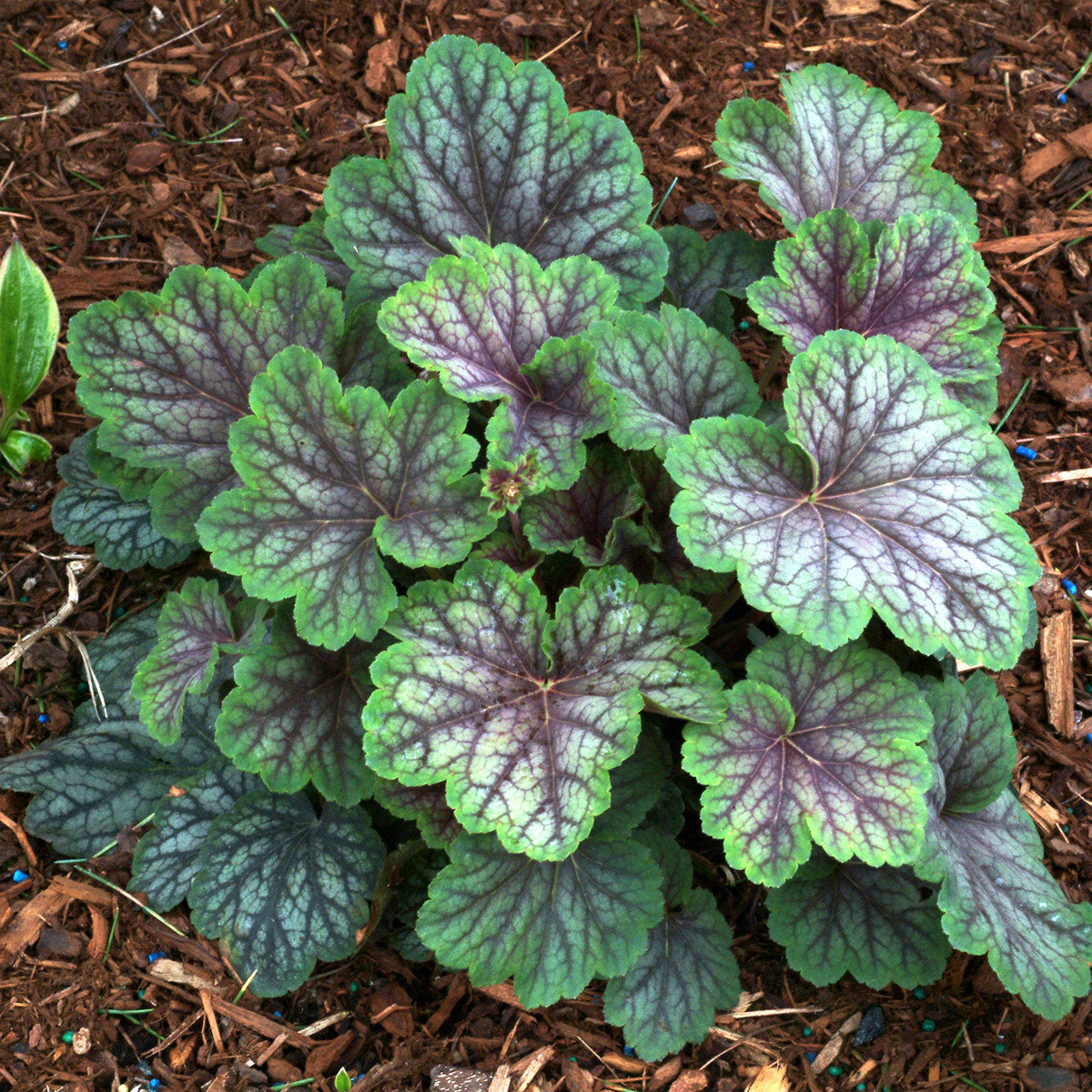
Spring is one of the most exciting times in our orchard, especially when the apple trees start to bloom. Seeing those first pink and white flowers pop open is a moment of pure joy—not just because they’re beautiful, but because they mark the beginning of another growing season.
Our small orchard has been a work in progress for years, growing right alongside our small nursery. It takes time and patience, but this year, in spring 2022 in zone 6a, some of our apple trees are blooming for the very first time! In previous years, we saw just a couple of flowers here and there, but this time, the trees are really putting on a show.
Many people have never actually seen apple blossoms in person, so we wanted to capture some photos to share the beauty of this moment. There’s something truly special about watching these delicate flowers bloom, knowing that in just a few months, they’ll turn into crisp, delicious apples.
If you’ve ever thought about growing your own apple trees, now is the perfect time to start. We offer a variety of apple trees for sale, including Red Delicious and Honeycrisp, both of which produce beautiful spring blossoms before bearing fruit.

The Magic of Apple Tree Flowers
Apple blossoms are one of nature’s most beautiful signs that spring has arrived. Their soft pink and white petals create a stunning contrast against the fresh green leaves, making them a favorite sight in any orchard. But these delicate flowers aren’t just about looks—they play a crucial role in the apple-growing process.
Each tiny blossom has the potential to turn into a crisp, juicy apple over the next few months. The transformation begins when pollinators, such as bees and butterflies, visit the flowers, spreading pollen between them. This pollination process is what allows the flowers to develop into fruit, making apple blossoms just as important as the apples themselves.
Different apple tree varieties have slightly different flowers, but they all share the same elegant beauty. If you’re considering adding apple trees to your property, some great varieties known for their striking blossoms include the Fuji Apple Tree and the Golden Delicious Apple Tree.
It’s amazing to think that something as small as a flower can eventually grow into an apple that will be enjoyed months later. Watching this process unfold year after year is one of the most rewarding parts of having an orchard.
Why Apple Blossoms Are So Important
Apple tree flowers may be beautiful, but they serve a much bigger purpose than just decorating the orchard in the spring. These blossoms are the first step in the fruiting process, and without them, there would be no apples to harvest later in the year.
Pollination: The Key to Apple Production
Each apple blossom contains both male and female reproductive parts, but most apple trees require cross-pollination to set fruit. This means they need pollen from a different apple tree variety to successfully produce apples. That’s where bees, butterflies, and other pollinators come in—they transfer pollen from flower to flower, ensuring a good fruit set.
For the best fruit production, it’s recommended to plant at least two compatible apple tree varieties near each other. Some of the best pollinating partners include the Liberty Apple Tree and the Ambrosia Apple Tree.
The Role of Weather in Apple Blossoms
Spring weather plays a big role in determining how well apple trees bloom and set fruit.
- Warm, sunny days encourage strong blooming and attract more pollinators.
- Late frosts can damage blossoms, reducing the number of apples the tree will produce.
- Heavy rains or strong winds during bloom season can wash away pollen before it has a chance to be transferred.
This is why timing is everything when it comes to apple blossoms. A healthy, well-cared-for apple tree will have a better chance of producing strong, resilient flowers that can withstand spring weather conditions.
If you’re thinking about planting your own apple trees, choosing the right variety for your climate is key. Our collection of apple trees for sale includes options suited for different growing conditions to help ensure successful blooming and fruit production.

Caring for Apple Trees in Spring
If you want your apple trees to produce healthy blooms and a bountiful harvest, spring care is essential. Apple trees may be low-maintenance compared to some fruit trees, but they still require attention to ensure strong blossoms and fruit development.
1. Pruning for Better Blooms
Pruning apple trees in late winter or early spring before they start blooming encourages better flower and fruit production. Removing dead or crowded branches helps:
- Improve airflow, reducing the risk of fungal diseases.
- Direct the tree’s energy toward producing larger, healthier flowers.
- Allow more sunlight to reach developing buds, leading to a stronger fruit set.
For high-yielding apple trees with strong spring blossoms, varieties like the Winesap Apple Tree respond particularly well to pruning.
2. Watering for Healthy Growth
Apple trees don’t need excessive watering, but consistent moisture in early spring is important for flower development. A deep watering once a week is ideal, especially in drier climates. Be careful not to overwater, as soggy soil can lead to root rot.
3. Fertilizing for Strong Blossoms
A well-fed apple tree will reward you with abundant blooms and fruit. Using a balanced fertilizer with nitrogen, phosphorus, and potassium can help:
- Strengthen root systems for better growth.
- Encourage healthy leaves and flowers.
- Support fruit development after pollination.
If you’re growing apple trees for fruit production, consider feeding them in early spring, just before the buds break. Some of the best-producing varieties, like the Honeycrisp Apple Tree, will benefit from a strong start to the season.
4. Protecting Blossoms from Late Frosts
One of the biggest threats to apple blossoms is a late spring frost. Freezing temperatures can kill delicate flowers, reducing the year’s apple crop. To protect young blossoms:
- Cover smaller trees with frost cloth or burlap on cold nights.
- Water the ground around the tree before a freeze—it helps retain warmth.
- If possible, plant trees in a location that gets good sun exposure to warm up quickly in the morning.
If you’re in a region with unpredictable spring weather, choosing cold-hardy apple varieties like the Red Delicious Apple Tree can help ensure a reliable harvest year after year.
Our Orchard’s Journey: A Work in Progress
Watching our apple trees bloom this spring has been an exciting milestone for our small orchard. Seeing those first delicate pink and white blossoms open up is a reminder of all the time and care we’ve put into growing our trees. It’s not just about the beauty of the flowers—it’s about knowing that these blooms are the start of something even greater: homegrown apples that will be ready to pick in just a few months.
Our orchard, much like our small family nursery, is always a work in progress. Each year brings new growth, new challenges, and new lessons. But seeing our trees flourish alongside our nursery reminds us why we started this journey in the first place. Whether you’re growing one apple tree in your backyard or planting an entire orchard, there’s nothing more rewarding than watching your hard work bloom—literally.
Suppose you’ve been inspired to start growing your own apple trees. In that case, we have a variety of options available, from classic favorites like the Golden Delicious Apple Tree to the crisp and refreshing Fuji Apple Tree. Whether you’re planting for fruit, for beauty, or for both, an apple tree is always a great addition to any yard.
For those ready to bring the beauty of apple blossoms to their own landscape, explore our full selection of apple trees for sale and start your own growing journey today!



